12 Zodiac Signs and Only 5 Planets by Greenstone Lobo
Excerpts from Scientific Astrologer Greenstone Lobo’s book ‘91 Predictions’ – The Fate of the World & its People in the next 50 years
Though I read over four hundred books on astrology by various Indian and Western astrologers, yet, many things were still unclear in the explanations offered for the horoscopes of some well-known people, such as why Hitler was a Nazi, which planet made Mahatma Gandhi a huge national leader or why Mata Hari was or wasn’t involved in espionage.
That led me to many further questions and finally landed me on a secret 5,000 years old. Many of my questions were answered by this secret.
Maharishi Parashar was one of the well-known sages of ancient India.
He is called a ‘maharishi’ which translates as ‘great seer’. He was the great-grandfather of both the Kauravas and the Pandavas, the two warring factions in the Mahabharata. That means he lived around 3000 BC. He has been credited as the author of many ancient literature texts. One of them is the Brihat Parashara Hora Shastra, the most ancient treatise on astrology. He can be called the ‘Father of Indian Astrology’.
The Vedic and the Western astrology systems rely on some of the planets in the solar system and their positions in different ‘houses or zodiac signs in a person’s birth chart to make their predictions. The real trouble begins when you plot all the zodiac signs against their supposed rulers.
The Indian system of astrology uses only five planets in its analyses—just five planets to describe 12 zodiac signs! And the sun and the moon, which are luminaries, not planets, are assigned as rulers of two zodiac signs—Leo and Cancer. To me, it was obvious that twelve zodiac signs must have twelve different ruling planets, but there were only eight in the solar system (barring the earth).
It is interesting to note that current Indian astrologers do not use heavenly bodies beyond Saturn, like Uranus, Neptune or Pluto, in their astrological analysis. The reason given is that these bodies are too far away from the earth to impact human beings. Another rebuttal to their significance is that our Vedic texts do not talk about these bodies. Interestingly, Maharishi Parashar does mention them in his treatise. He says that there are seven non-luminous upagrahas beyond Saturn and they too influence human lives. Maharshi Parashar has mentioned about seven upagrahas beyond Saturn—Varuna, Yama, Prajapati, Indra, Kuber, Isan and Vayu. etc. With modern telescopes, we now know that there are three planets beyond Saturn and probably some more which the astronomers have not yet discovered. The seer, though, could ‘see’ them without any apparatus.
Yogesh Sharma, ‘Rishi Parashar’, in, 1 May 2015, https://www.speakingtree.in/blog/rishi-parashara.
In the table here, you will see that the Indian and the Western systems differ in assigning planets to certain zodiac signs.

Pisces Jupiter Neptune
So, which bodies should be included in the analysis? The simple answer is, if there are twelve zodiac signs, then there should be twelve planets ruling them, isn’t it?
It took me about thirty odd years of research to create my own unique methodology of practicing astrology. This is my own modest contribution to astrology. In this methodology I use all the eight planets, excluding Earth, as we are looking at things geocentrically, and including Pluto, the sun and the moon, Chiron and, additionally, three more planetoids. These three planetoids are called centaurs by IAU (international Astronomical Union) and their assigned codes are 2007 RH283, 1999 JV127 and 2008 FC76. I call these bodies as Planet-X, Planet-Y and Planet-Z, for sake of simplicity.
In astrology, each zodiac sign is assigned a planet that rules it. The fiery and aggressive Aries is ruled by the energetic Mars, the love-struck Libra is ruled by the beautiful Venus, and the talkative Gemini is ruled by Mercury. Then which planet rules the hypnotic Scorpio? Well, it is the deep Pluto. Over a period of time, I realised that this was a huge anomaly in the Indian system of astrology. Greek mythology has extraordinary descriptions of Uranus, Neptune and Pluto. The Greek god Hades is called Pluto in Roman mythology . Hades was the lord of the underworld and transformation, and the god of death.
Pluto takes 256 years to go around the Sun once. Compare that with Jupiter, which takes twelve years, or Saturn which takes thirty years. Perhaps the length of time a planet takes to circumnavigate the sun has astrological significance. The shape and size of a planet, perhaps, doesn’t really matter. What matters is the distance from the sun. Since Pluto comes into a strong position less frequently, it probably creates only a handful of great people when it does come into the right position.
Since thousands of years, in every mythology and civilisation, be it Greek, Roman or Chinese, the heavenly bodies have always been associated with religion. An interesting question here may be whether the astrological deductions or associations came first or the religion came first. While you still think about this question, I have another one for you—who are the most popular gods in India? They are perhaps Krishna, Shiva and Ganesha. It is really surprising that none of these three gods are associated with any zodiac sign. What percentage of people visit Buddh, Shukra or Shani temples compared to a Shiva or Ganesha?
If I need to share one important learning from my 30 years of study it is that the most powerful planet in this universe is—Pluto! Pluto takes 256 years for a full revolution around the sun. Pluto’s transit into each zodiac sign and its period of stay in that sign indicates a huge set of unique events and a huge transition. Pluto rules the entire birth–death cycle . Pluto resonates with the path of rebirth–renewal–reset. Pluto is responsible for upheavals, wars, destructions and transformations. Scorpios, the zodiac sign that Pluto rules, are transformative, strong, deep and very powerful.
My fascination for this most important planet made me look for a god in Indian mythology who would reflect the qualities associated with the powerful planet. I didn’t have to struggle much. Pluto is Shiva. Look at all the characteristics of Pluto and compare all the traits associated with Shiva. Our ancestors knew about Pluto and what it stood for—birth, destruction, regeneration, reset, renewal. Everything that Shiva stands for.
Whenever I found a horoscope I couldn’t explain using the traditional planets, I would assume that one of these ‘missing’ planets must be ruling the zodiac signs of the horoscope. For instance, while I could find out the astrological reason why Amitabh Bachchan had met with the accident while filming Coolie, or why he had gone bankrupt, I couldn’t explain why he became a legendary actor or which planet was responsible for his extraordinary comeback. I was sure one of these ‘yet-to-be-discovered’ planets was responsible for those happenings and must be placed in the most strategic positions in his birth chart. I was also sure that one of the missing planets was the ruler of one of the four zodiac signs—Taurus, Virgo, Leo and Cancer.
I was sure there was some Planet-X and some Planet-Y ruling Taurus and Virgo. If we discovered these two, many unanswered questions would be resolved. Perhaps the heavenly bodies were still within IAU’s reach and had even been identified, but didn’t fall in their definition of planets, and probably would be called by some other name and not exactly as planets. But they were surely there somewhere. I just needed to find them. I was also wondering if Chiron was actually the true ruler of the zodiac sign Cancer and not Virgo.
The following table shows what I consider to be the true rulers of the various zodiac signs and also some of the keywords connected to the planets. When a planet is positively placed, it shows positive manifestations in the areas connected to it. When it is placed negatively in a zodiac sign, it creates the opposite impact. While planets like Mercury, Venus and Mars largely impact our persona, the planets at a further distance influence other sectors connected to them.

Brahma Vishnu and Mahesh—the Trimurti—are amongst the most popular gods in India. It’s amazing how the descriptions of Brahma, Vishnu and Mahesh tie in with the qualities of Uranus Neptune and Pluto.
Brahma is the Creator, Vishnu is the Preserver and Mahesh is the Destroyer. I would like to use the word Destroyer in a positive way here. Mahesh destroys to re-create. People who invent or create something for the very first time have Pluto in a very strong position in their birth chart. But when someone enhances that something even further, then that person has Uranus in a strong position. The Lumiere brothers, Auguste and Louis, who invented the cinema, had Pluto in the strongest position in their birth chart; Walt Disney, the innovative animator, had Uranus in the strongest position. Bill Gates, pioneer in his field, has Pluto in the strongest position, and so did Steve Jobs; Larry Page and Sergey Brin, the technology superstars, have Uranus in the strongest position.
I would equate Brahma with Uranus. After Shiva’s role is over Brahma takes over. Uranus stands for the disruption of the old order. Creation and innovation are two extremely different dimensions ruled by Pluto and Uranus, respectively. Creation is bringing in something new which never existed before. Innovation is making something better which already exists. Any work, which is unorthodox, progressive and different can be attributed to Uranus. But do remember that an innovation can be brought about only in something that already exists. Pluto gives birth to something, Uranus innovates and improvises on that.
So what does Neptune do then? Or what is the role of Vishnu?
Vishnu’s role goes beyond preservation. Yes, some of the greatest achievements and legacies in the world that have enduring power always have the stamp of Neptune. Most of the biggest monuments of the world, which have stood the test of time, were built during the stronger transits of Neptune. The rebuilding of the city of Paris, including the Eiffel Tower, also happened during strong Neptune transit.
The Taj Mahal was created when Neptune was in the deepest exaltation. It has an alluring, ethereal beauty. When you look at the Taj Mahal, you feel it is magic. It looks so surreal that it almost feels like an illusion. Neptune rules maya or illusion. The film industry is one of the greatest products of Neptune. Also called ‘mayanagari’ (the city of illusions), it can be ascribed to the positive influences of Neptune. No surprise then that some of the greatest actors in the world have Neptune in the strongest position in their birth charts, be it Marlon Brando, Shah Rukh Khan or Brad Pitt.
The Taj Mahal is not just a monument, but also a tomb. It is a symbol of beauty, but also of tragedy. The greatest tragedies in the world have also occurred during the times when Neptune is in a strong position. Neptune also rules water. Most of the major fatal accidents, be it the tsunamis, or the sinking Titanic, the biggest tragedies that have happened or happen in water can be pinned on Neptune.
Neptune also creates confusion in its negative avatar. If there is any situation in the world where commotion or confusion rules, we can be sure it has been created because of Neptune. Even in the world of finance, where everything is based on numbers and data, when Neptune enters a weak position, it can create confusion or even carelessness and there could be a commotion in the market.
One of the most popular Indian gods is the elephant god Ganesha. Ganesha is the remover of obstacles and provider of achievements and success, one whose blessings are sought before you start a project. He is correlated to Planet-X, the true ruler of the zodiac sign Taurus. In a result-oriented world, you can term something as a success or an achievement if there is a positive financial outcome. Planet-X stands for everything materialistic, money in all its forms, financial matters, businesses, wealth in any form and everything related to monetary transactions.
While Pluto takes 256 years for a revolution, Planet-X takes about 64 years, Uranus takes 84 years and Neptune takes 162 years for one revolution. So, while Pluto is in a zodiac sign creating something new in its positive avatar, Neptune could be preserving something already created, Uranus could be improving it further, while Planet-X could be influencing some form of wealth in people’s lives. All of this could be happening simultaneously at any point of time, because all the planets play their part in a birth chart or a person’s life at the same time— depending on their positive or negative influences at that time.
Planets in a negative transit could also be destroying something. Neptune could be creating a tragedy or confusion and Uranus could be creating a volatile situation somewhere. That is the interesting interplay of planetary positions.
One of the most enticing examples is a recent event in our memories: the 2020 pandemic. When did it occur? Just before Pluto was about to transit from Sagittarius to Capricorn. Many astrologers believe Saturn or Rahu were responsible for causing the pandemic. But reconsider! Saturn? Saturn returns to the same location every 36 years, yet a pandemic occurs once every 100 years. This is my explanation: from 2006 until 2020, while Pluto was in Sagittarius, humans lived without limitations. Sagittarius is the zodiac sign associated with frivolity, pleasure seeking, travel, a nomadic disposition, and extravagant lifestyle. Remember all of our excursions over the last decade, those destination weddings, and how financial irresponsibility contributed to the 2008 market crisis and recession.
When Pluto entered the serious zodiac sign Capricorn, it intended to deliver a message to the world that what counts most is your family, and that even if you work, you are doing it for your family. When Pluto transits a zodiac sign in its nascent form, it brings the inherent traits of that Zodiac sign with it, and that is exactly what it accomplished, shutting you out from venturing out and re-establishing a family connect. If you look around, every theme these days you will see across the globe are centered around tradition, culture, family, value system etc, almost as if we are going backwards in our thought processes – the manifestations of Pluto being in Capricorn!
If you’re wondering how Pluto can affect humans on a horoscopic microscopic level, my response is simple: try it. Just try a hundred charts to see how or if it works.

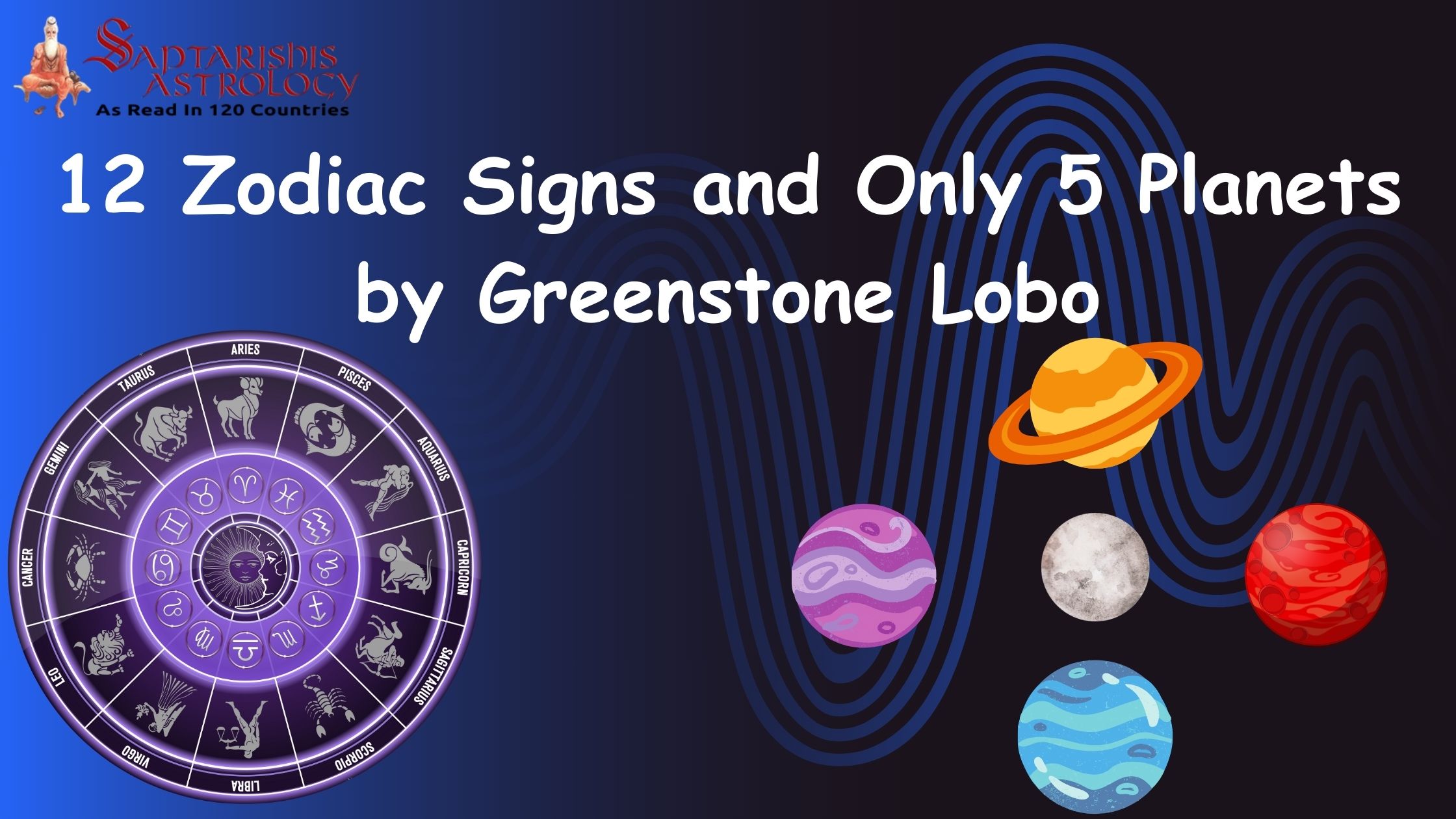


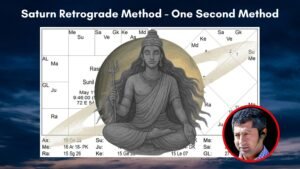
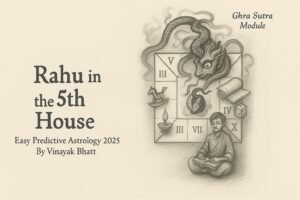
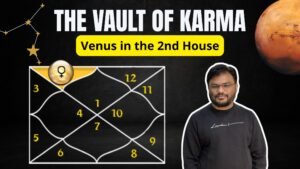
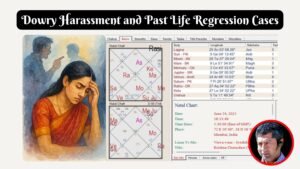

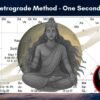



Leave a reply
You must be logged in to post a comment.